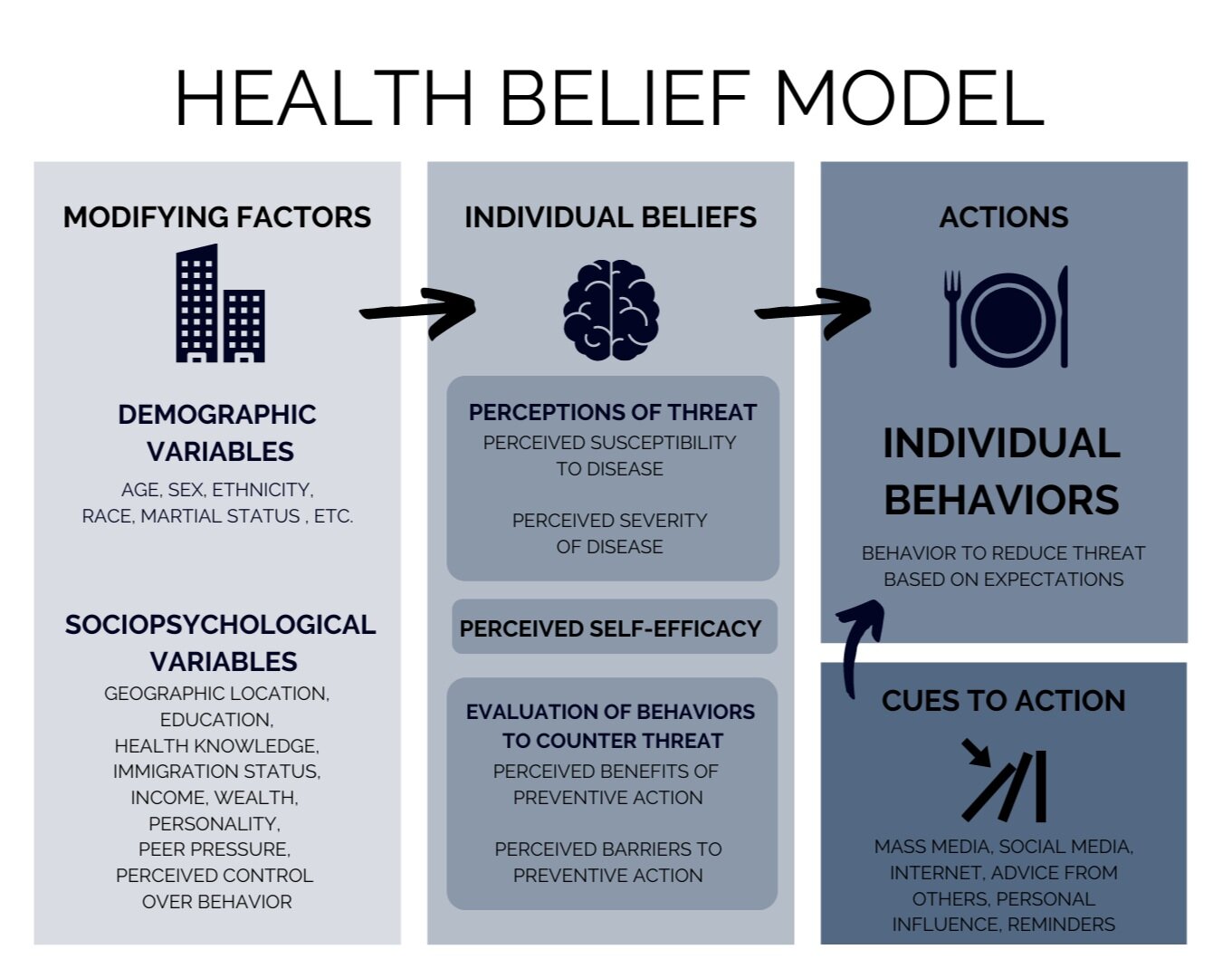Context Collapse: When Social Contexts Converge Online


A key component of public well-being in an information-driven environment is effective health communication. The art and science of health communication may impact choices and mould behaviours, whether the goal is to solve global health crises, raise awareness of mental health issues, or encourage vaccination uptake. This article explores the ideas that support health communication, exposing the tenets that direct the creation, interpretation, and use of communications. We hope to provide readers a better grasp of this important area and its significance in developing healthy communities by examining these underpinnings.
 |
| A key component of public well-being is effective health communication. (📷empowerversep) |
Health communication is to promote understanding and motivate action in addition to providing facts. Theories provide a road map that aids practitioners in forecasting how others will perceive, understand, and react to communications. Health campaigns run the danger of using one-size-fits-all approaches without these frameworks, which frequently don't connect with a variety of populations. Theories ensure that communications are not only received but also taken into consideration by bridging the gap between intricate health ideas and routine decision-making.
One of the oldest and most used frameworks in health communication is the Health Belief Model (HBM). It makes the argument that people's views of their vulnerability to an illness, the seriousness of its effects, the advantages of acting, and the obstacles to acting all have an impact on their choices about their health-related behaviours. For instance, a campaign that promotes regular exercise may be successful if at the same time it addresses barriers like time constraints and highlights the real advantages of staying fit. Research continuously demonstrates how well HBM predicts preventative health behaviours like immunisations and screenings.
 |
| (📷ediblepsych) |
Behaviour doesn’t occur in a vacuum; it’s shaped by a dynamic interplay of personal, environmental, and social factors. Social Cognitive Theory (SCT) highlights the power of observational learning and self-efficacy—the belief in one’s ability to execute behaviours that produce desired outcomes. This theory suggests that seeing others succeed can inspire confidence and action. For instance, public health campaigns often feature relatable role models to demonstrate behaviours like quitting smoking or adopting healthier eating habits. Research confirms that self-efficacy is a significant predictor of sustained behaviour change.
Behaviour change is usually a process rather than an instantaneous event. The five phases of this journey are pre-contemplation, contemplation, preparation, action, and maintenance, according to the Transtheoretical Model (TTM). By being aware of these phases, communicators can adjust their interventions to the stage at which people are most willing to change. For instance, someone who is thinking about stopping smoking might find that educational materials are helpful, but someone who is still in the planning stage might benefit more from tools for making a plan to stop smoking. Research indicates that stage-matched interventions greatly increase the chances of behaviour change.
Has it ever occurred to you why some health trends succeed while others fail? How new concepts, habits, or technologies proliferate within a population is examined by the Diffusion of Innovations theory. Adoption rate factors include perceived benefit, compatibility with current values, and ease of use. Innovations like wearable health technology and telemedicine have benefited greatly from this theory. The success of campaigns that portray these tools as useful and accessible to users has been noteworthy.
How people perceive and respond to health information is influenced by their culture. Cultural models stress how crucial it is to modify communication to fit the values, customs, and beliefs of a group. A campaign that promotes diabetes control in Indigenous communities, for instance, can include respect for ancestral knowledge and traditional dietary habits. Culturally responsive messaging improves efficacy and trust in a variety of communities, according to research [REF].
The framing of a message can have a significant effect on how it is received. While loss-framed messages, which emphasise risks (e.g., “Smoking increases your risk of lung cancer”), may resonate more in contexts of detection or treatment, gain-framed messages, which emphasise benefits (e.g., “Exercising can add years to your life”), are frequently effective for preventive behaviours. Appealing to emotions, whether they be fear, hope, or empathy, is also very important. Nevertheless, studies caution against overusing fear-based strategies since they may backfire by creating anxiety or avoidance [REF].
Effective health communication walks a fine line between logic and emotion. The Elaboration Likelihood Model (ELM) provides insights into this balance. According to ELM, messages can persuade via the central route (focused on logic and evidence) or the peripheral route (focused on emotions and superficial cues). For example, a detailed infographic on vaccine efficacy appeals to the central route, while a heartfelt testimonial from a survivor appeals to the peripheral route. Studies show that combining these approaches often yields the best results.
Health behaviours are shaped by factors at multiple levels—individual, interpersonal, organisational, community, and policy. Ecological models advocate for interventions that address these levels simultaneously. For example, anti-obesity campaigns might combine personal counselling, family-based activities, workplace wellness programs, community fitness events, and supportive legislation. Such comprehensive approaches are proven to produce sustainable change.
 |
| The art and science of health communication may impact choices and mould behaviours. (📷empowerversep) |
Theories are useful instruments that direct the creation of effective health communication strategies; they are not only scholarly exercises. Practitioners are able to create messages that inspire, empower, and resonate by comprehending and using these frameworks. It is impossible to overestimate the significance of theory-driven communication in light of the complex global health issues we confront, such as pandemics and mental health crises.
⭐⭐⭐
Comments